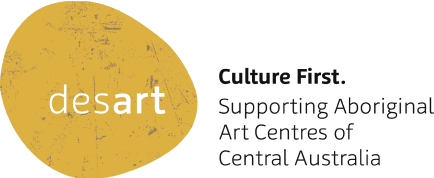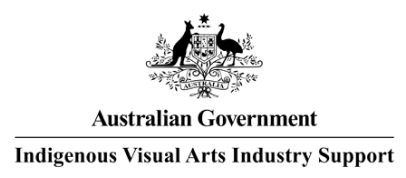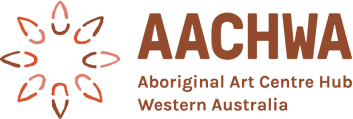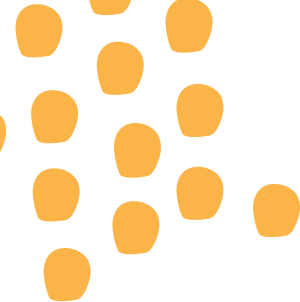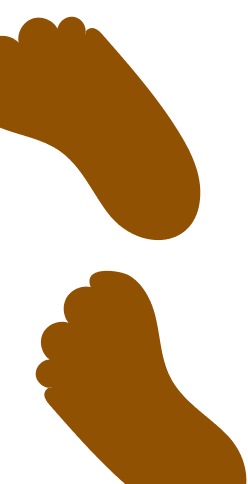Back story and history
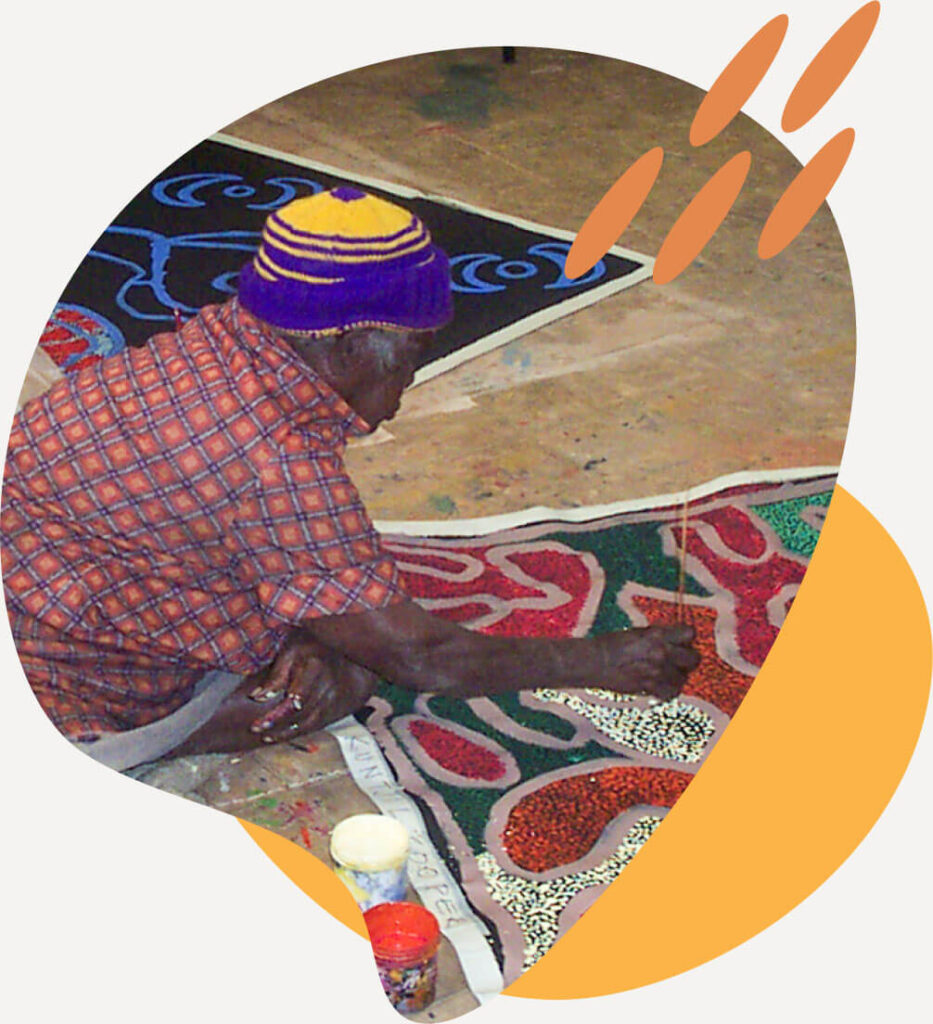
“When Wingellina came we first started working around the community. Then out bush taking pictures for Minyma Kutjara story for NG Media. We made tjanpi and punu to sell. We had a meeting and got a women’s centre and started a second hand store to fund our first art centre, and a manager who would support our painting. We had good oldies, but now the oldies are gone and the middle-age ones like us are left. We have been sitting down waiting, we are going to have a new art centre and a new coordinator. We will be very happy to start working and painting, so we can be happy all the way.”
Spoken by Tjawina Roberts (with Belle Davidson, Stacia Lewis, Ivy Laidlaw and Rene Nelson) cited Ngaanyatjarra Art of the Lands. Edited by Time Acker and John Carty.
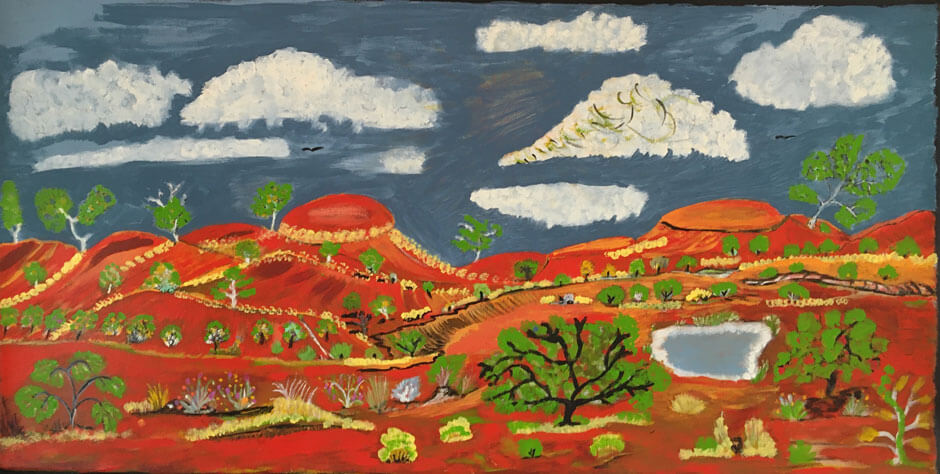
Early years
Yarnangu have been caring for their Country and living an independent life for thousands of years. The 1930’s mission assimilation policy, severe drought (1937- 47) and nuclear testing (1956 – 63) drove Yarnangu off their Lands. It wasn’t until 1967 when aboriginal people got the vote, that the Australian Government allowed people to return to their Country.
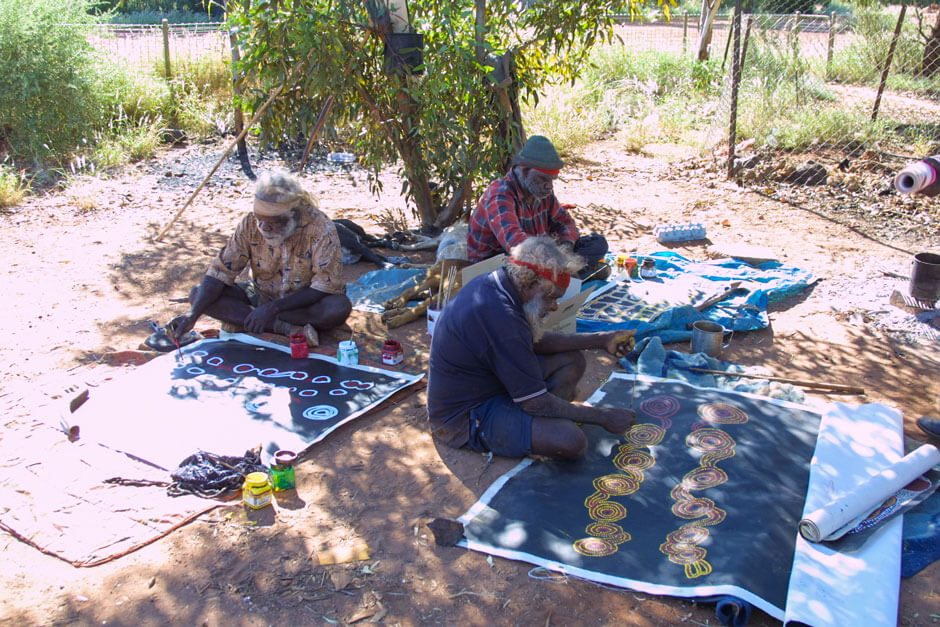
2000
The original arts centre, Irrunytju Arts, first opened in 2000 and within a couple of years the artists were having sell out exhibitions nationally and internationally; with ‘star’ artist Tommy Watson chosen to have his work permanently exhibited at the Musee du Quai Branly in Paris. ‘Irrunytju Cultural Heritage Collection, a body of culturally significant works was created by the artists for future generations and is currently held at the Tjulyuru Cultural Centre Warburton, WA. Irrunytju Arts greatest success was also its downfall and by 2007 the centre was closed due to high earning artists being exploited by carpetbaggers (unethical art dealers), which eventually fragmented and undermined the art centre structure.
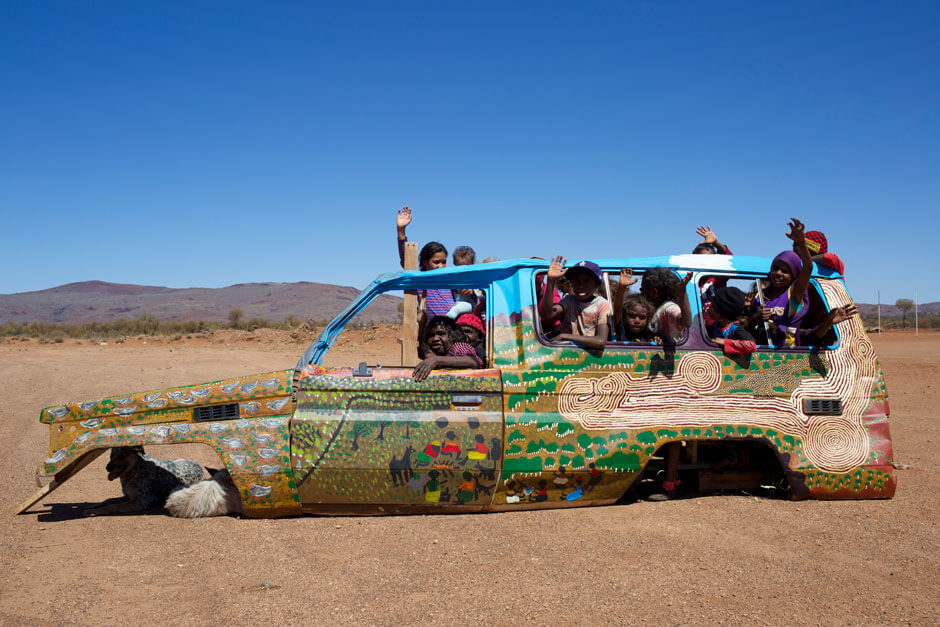
2012
In 2012 Irrunyjtu Arts reopened as Minyma Kutjara Arts Project. This was a new and exciting enterprise initiated by the community to uplift and support their artists. In 2015 the Arts Project presented ‘Kapi Ungkupayi /He Gave Us Water’ an installation, exhibited at the South Australian School of Art (SASA) Gallery for Tarnanthi Festival.
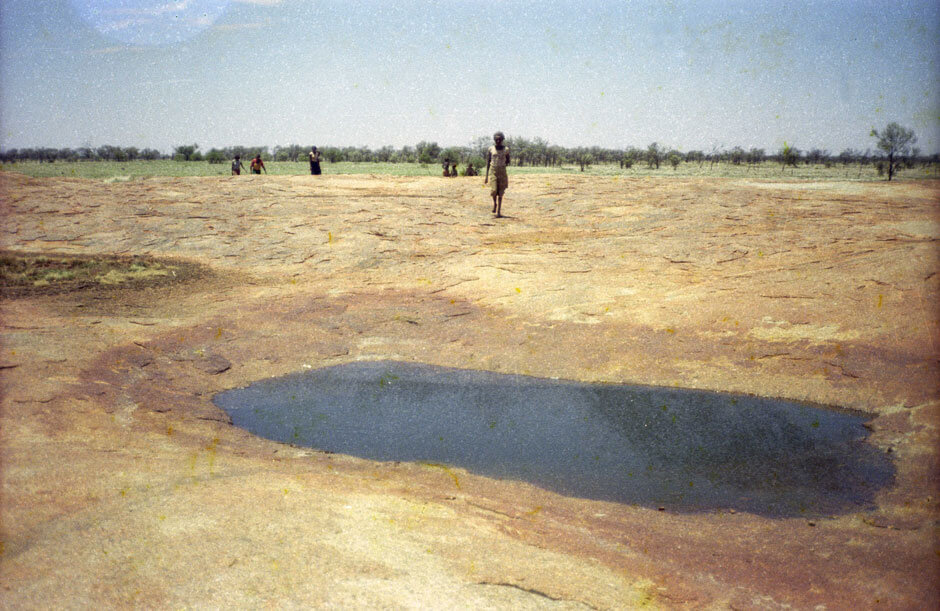
1960s
In the 1960’s, Traditional Owners returned to Irrunytju from the missions, reestablishing ownership of their Land and took control of mining explorations. Established in 1975 Irrunytju Community was named after a nearby rock hole, a popular area for Yarnangu because of the permanent water in the foothills of the Tomkinson Range.
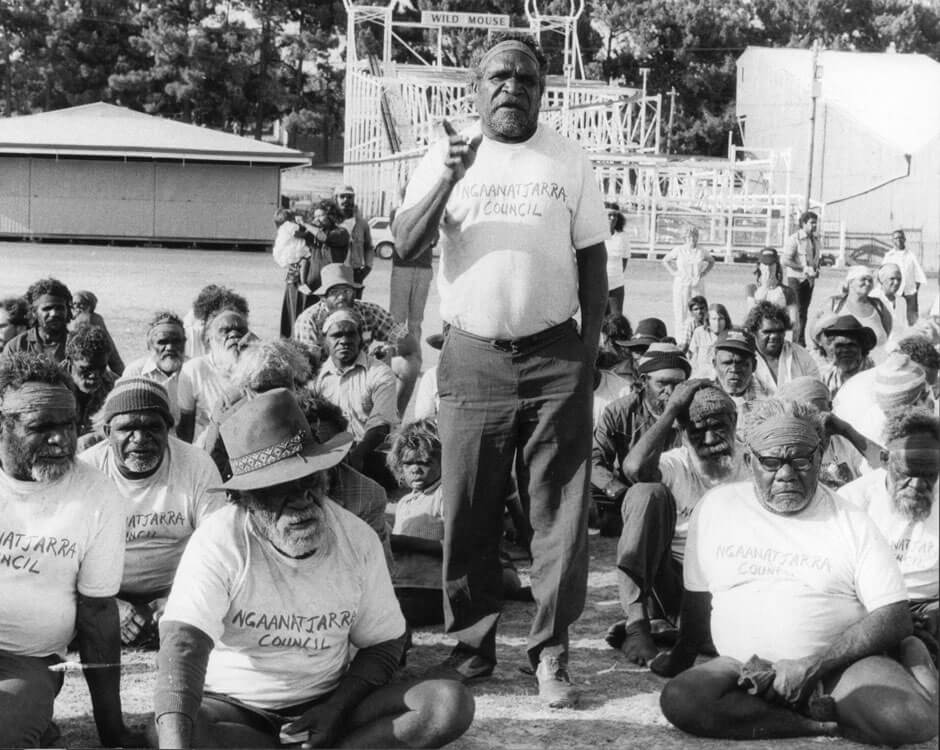
2005
On 29 June 2005 after a ten year struggle, the historic Ngaanyatjarra Lands Native title determination recognised Yarnangu (Ngaanyatjarra people) to hold elusive rights over most of the Ngaanyatjarra Lands covering approximately 188,000 square kilometres in the Gibson and Great Victorian Deserts. A recognition of Yarnangu rights as traditional owners was the largest determination of native title reached through negotiation to date.
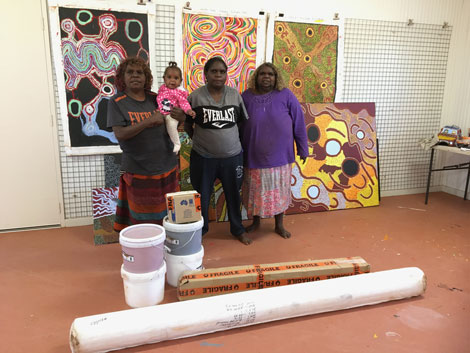
2020
In 2020 Minyma Kutjara Arts Project received funding to renovate the original painting shed, purchase materials and employ a full time arts manager. This support has allowed the community to re-establish themselves as important participants in the national and international art market.
